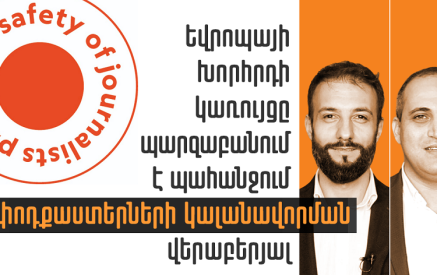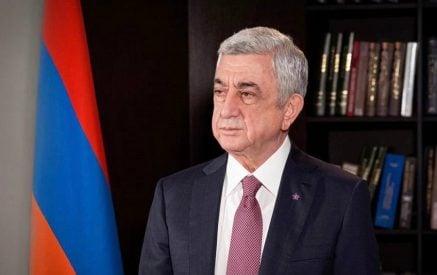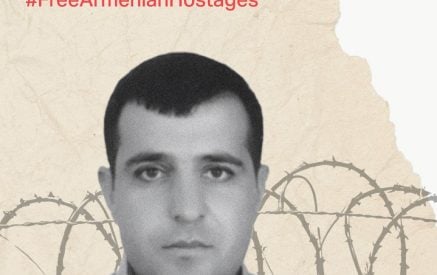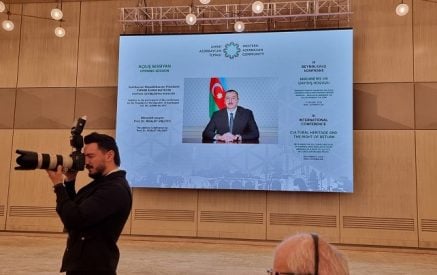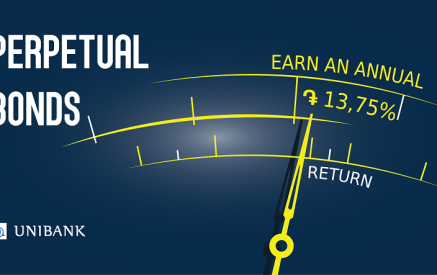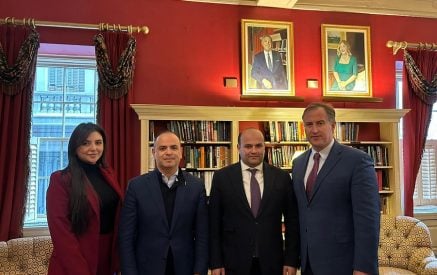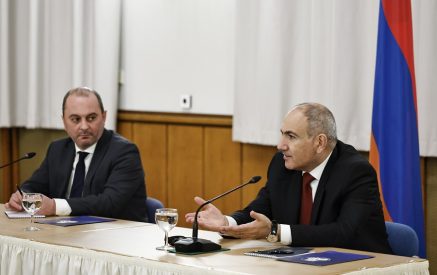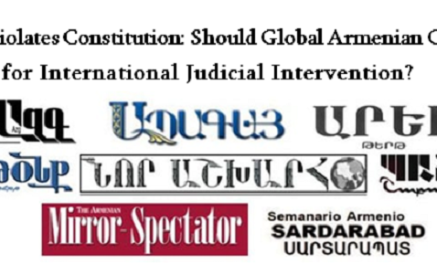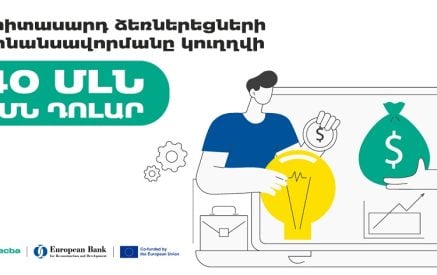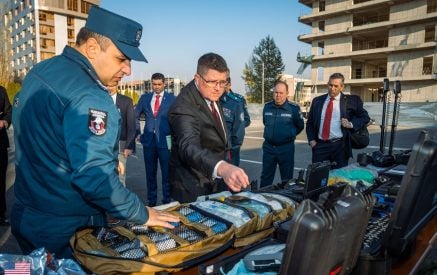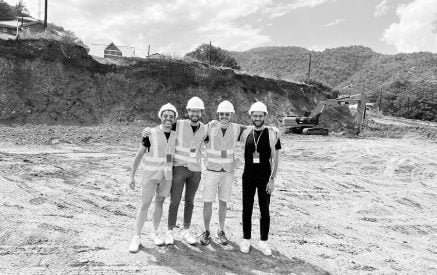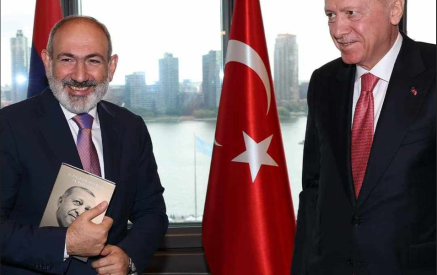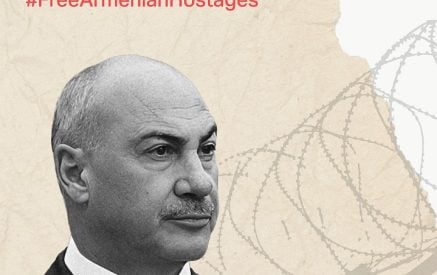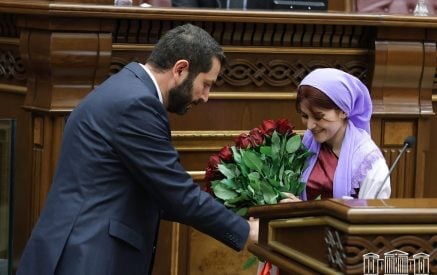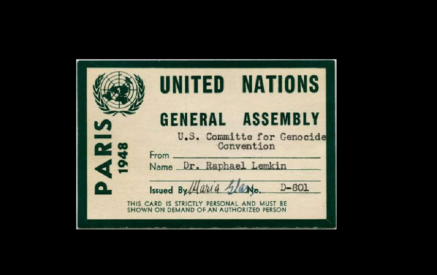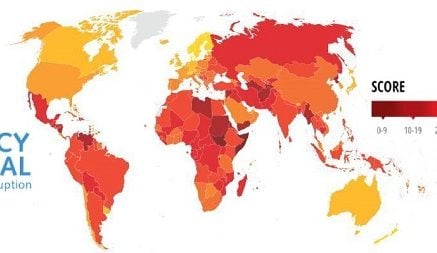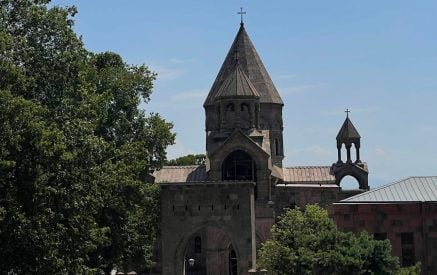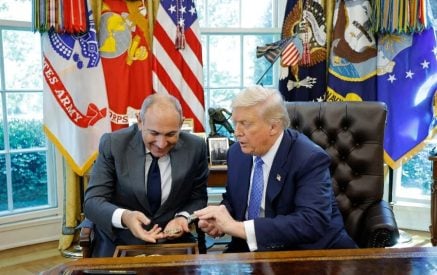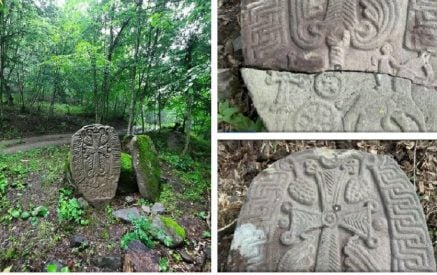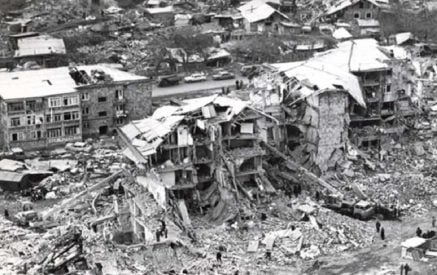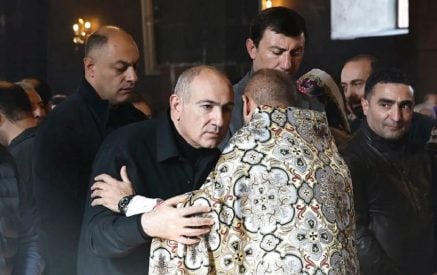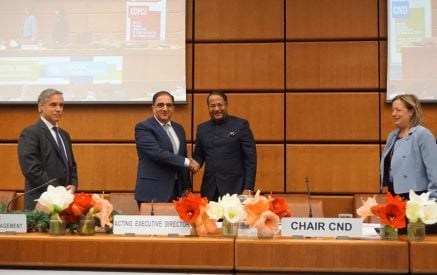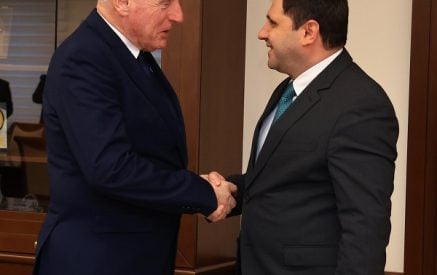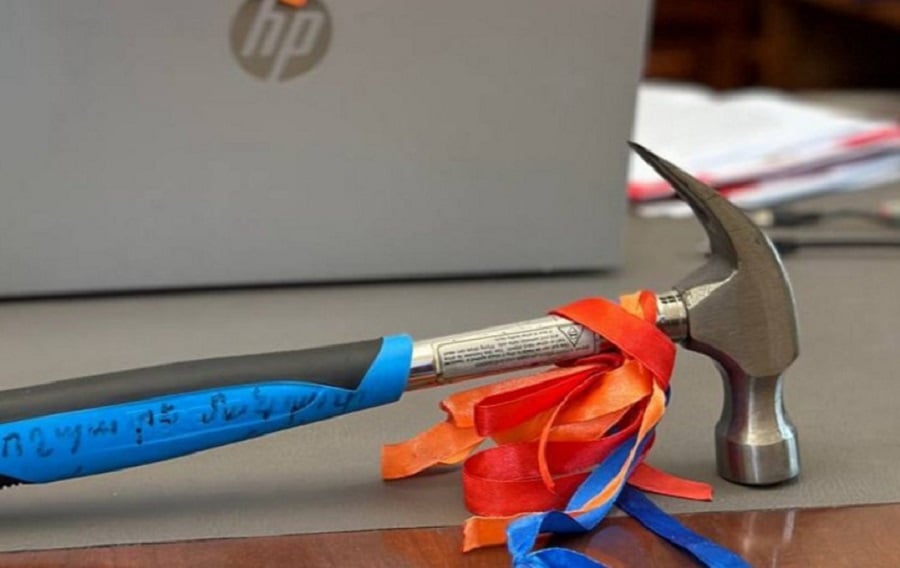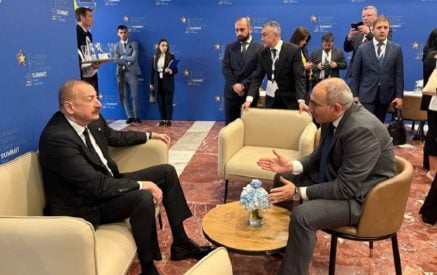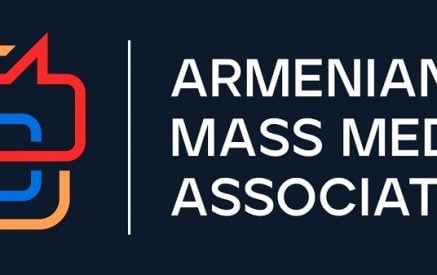“ACNIS ReView from Yerevan”. It is evident that the pernicious practice of resolving disputes through violence has become deeply entrenched in Armenia in recent years. The evidence supporting this claim is extensive and incontrovertible. Equally apparent is the steady escalation of crime, including grave offenses such as murder, the trafficking of narcotics and psychotropic substances, residential burglaries, sexual assault, the unlawful acquisition of weapons and explosives, embezzlement of state property, and other manifestations of organized criminality. Particularly troubling is the persistence of certain offenses—most notably residential burglaries—that frequently remain unsolved, eroding public trust in law enforcement and undermining the fabric of civic life.
Naturally, a question arises: what explains this unchecked rise in crime in Armenia, a country that, incidentally, has one of the largest police forces per capita? Before answering, it is worth noting a relevant fact: states that maintain disproportionately large police forces tend to be suspicious, unpromising, and authoritarian. An analysis by the United Nations indicates an approximate median of 300 police officers per 100,000 inhabitants. But since “ours is different,” the Republic of Armenia’s ratio approaches 1,000 per 100,000—roughly three times the global median.
So why does crime continue to increase in Armenia despite a large police presence and unprecedented funding? The answer appears to be that the primary function of the Armenian police has shifted away from crime prevention and detection toward preserving the ruling regime and suppressing mass and non-mass gatherings against it—even at the cost of blood. Under such conditions, appeals to police professionalism, integrity, or tact ring hollow—especially concerning the so-called black- and red-beret units, who in practice have often behaved like thugs granted police powers.
Instances of violence and official arbitrariness were present during the Soviet era as well, but in the post-Soviet period they have taken on far more pronounced and systemic forms. Barely a year after 2018, behind the “velvet” curtain, signs of governmental lawlessness and despotism were already visible. In May 2019, on orders attributed to Pashinyan, his supporters blocked entrances to the country’s courts for several hours—sending a clear message to the judiciary that no significant verdict would be issued without his “approval.”
Read also
The next threat targeted political opponents in an emotional outburst: a demand that they “sit quietly in their places and shut up” and never even think of “stirring”—that is, of becoming active. “We will pin you to the asphalt and smash you against the walls—literally—let no one try their luck, whether former or current,” Pashinyan warned, promising a “masquerade” to those who disagreed with the government. This threat, more than most, has been diligently kept—beginning in June 2019. During the snap parliamentary campaign in 2021 he appeared with the now-famous hammer, an instrument that also featured two weeks ago at the 7th Congress of the Civil Contract Party.
Nikol’s hammer carries an enigmatic symbolism. Some view it as a talisman of electoral luck, recalling June 2021; others see it as a symbol of force and intimidation—an instrument for putting people “in their place.” Pashinyan claims it represents construction and creation. That claim is unconvincing: a man who has built little but destroyed much cannot credibly speak to the value of building. If you have observed him closely, you may have noticed that Pashinyan waves the hammer overhead in a motion akin to Aliyev’s threatening fist—an intimidating gesture directed at Armenians.




